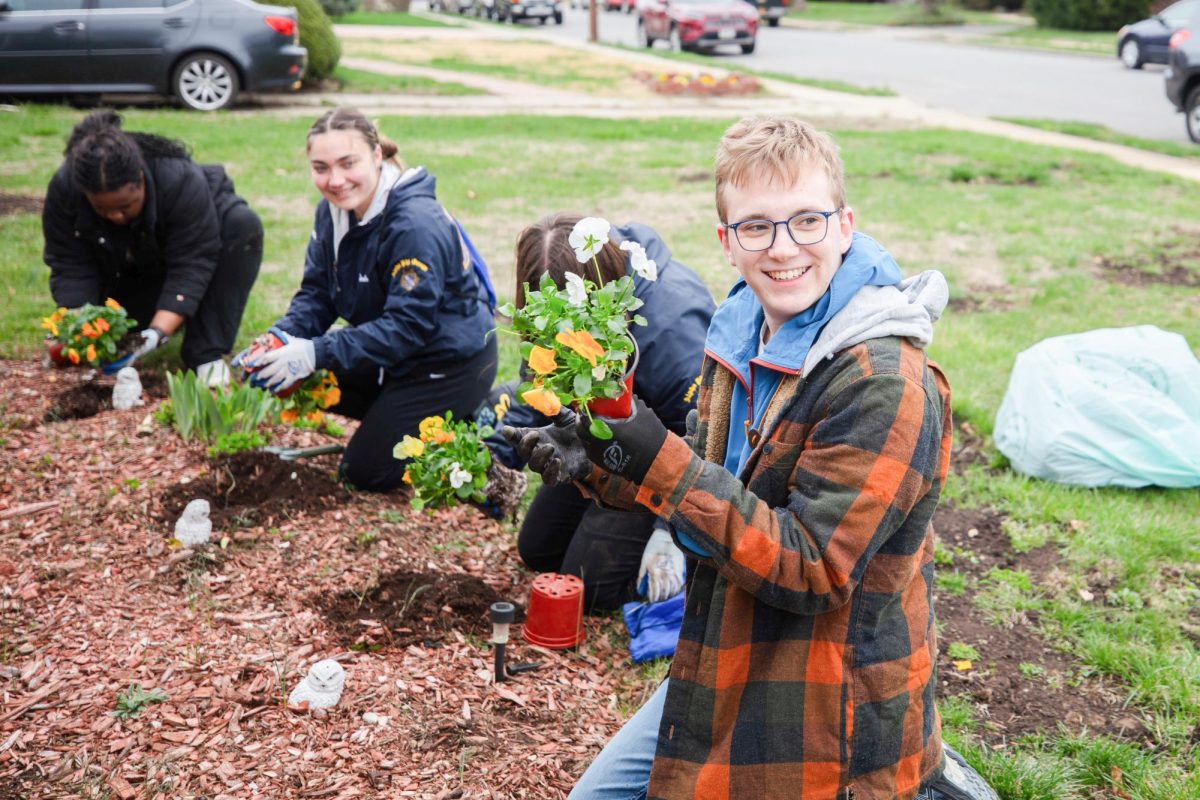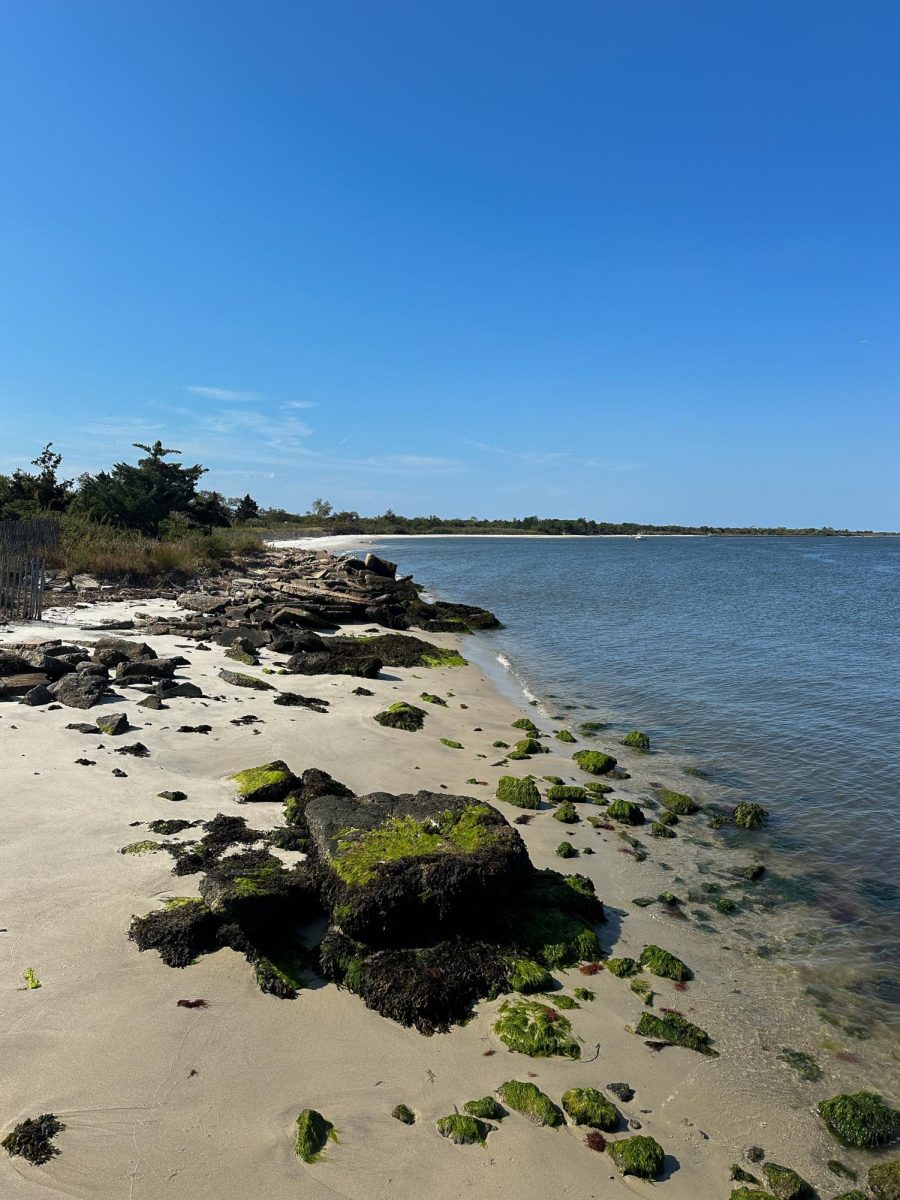On Tuesday, Oct. 25 HUHC mentor Dr. J. Bret Bennington directed a field trip to “Astronomy Live: Sci-Fi Universe” held at the American Museum of Natural History’s Hayden Planetarium. The two hour long audiovisual show consisted of live narration focused on science fiction and a visual tour of the universe projected onto the planetarium’s 87-foot-diameter dome surface. Interweaving facts from “Star Wars” to “Ender’s Game,” the narrators took the audience of approximately 400 around space. Visitors saw extreme close ups of planets, constellations and the trajectories of the Voyager space probes.
Bennington, chairperson and professor in Hofstra’s department of geology, environment and sustainability, said, “The ‘Astronomy Live’ presentation used the amazing visualization capabilities of the Hayden Planetarium Theater to explore places and ideas featured in famous works of science fiction, from Earth orbit to far-flung galaxies. I particularly enjoyed exploring the geography of Mars and pondering the incredible vastness of space and time. We are so small and our existence is so short in relation to the immensity of deep space and deep time.”
The presentation contrasted scientific fact with scenes from their science fiction counterparts. The narrators explained the danger of asteroid fields – emphasized in flight scenes from the “Star Wars” franchise – is largely apocryphal as the distance between each object makes it highly unlikely a passing vehicle would spot one in a 10 kilometer radius.
Other instances of crossover between fiction and reality were noted, as in the physical similarity between Mimas, a moon of Saturn, and the Death Star. Mimas’ most distinctive crater, named after the moon’s discoverer William Herschel, parallels its fictional counterpart’s central weapon feature – a concave area on the Death Star’s surface similar to a crater.
Student responses to the event remarked on the integration of science fiction with scientific practice.
Kasey Smith, a sophomore video and TV major, said, “It was awesome to learn about what science fiction got right and wrong from people who actually know astronomy. And learning about the universe around us really puts in perspective how tiny our part is in it. I loved it!”
Sara Bornstein, a freshman dual major in political science and PR, said, “Well, I wasn’t certain if I was going to enjoy going or not. I applied to go randomly, because free events are the best events. Anyways, the professor kept saying it was a ‘lecture’ but it really wasn’t. Sitting inside the planetarium was awe-inspiring, and the speakers were playful yet informative. It reminded me of how I wanted to be an astrophysicist when I was younger because space really is that big and imaginable. I enjoyed going, and would go again.
The event closed with a question and answer session where audience members asked questions on a wide variety of subjects. One member asked about the ethics of interplanetary travel and another asked about references to science fiction series in the narration. The educational exploration of outer space concluded with the final question asked by a young boy who inquired about the origins of planet Earth.








